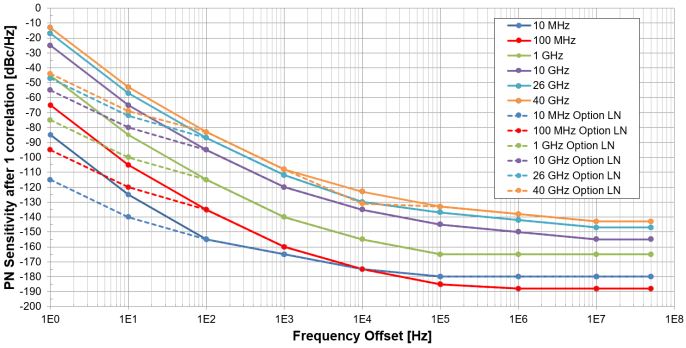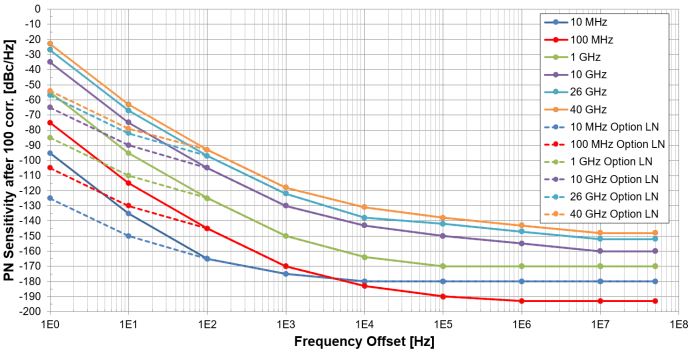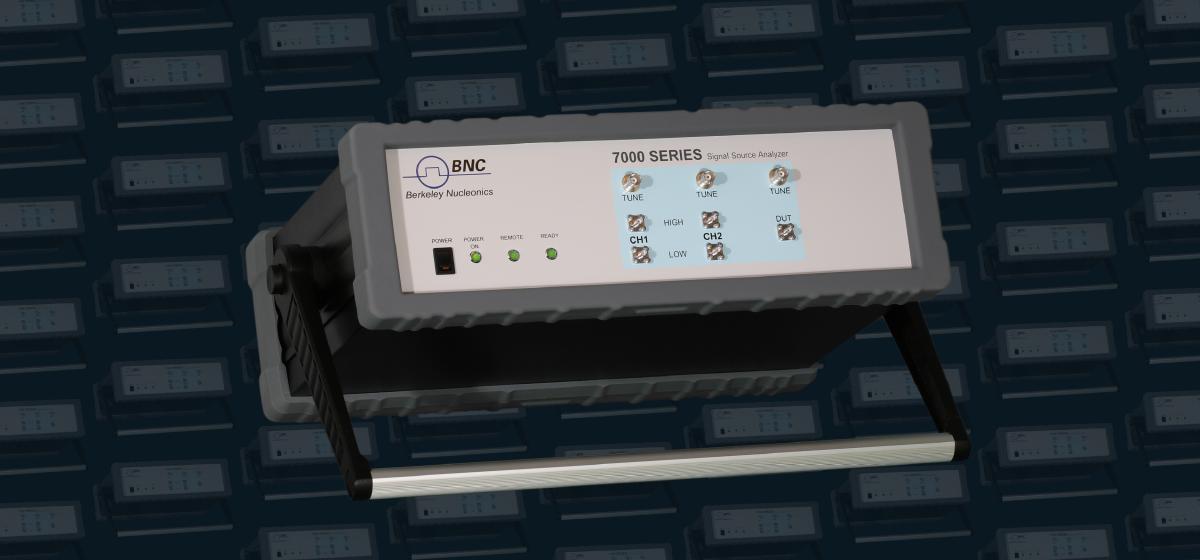March 13, 2023 - Understanding the Basics of Phase Noise Testing: A Guide for Beginners
Phase noise testing is a crucial aspect of modern electronic systems. It is the measurement of the noise power spectrum of a signal in the frequency domain, which provides information about the stability and performance of the signal. In this blog post, we will provide a comprehensive guide for beginners to understand the basics of phase noise testing.
What is Phase Noise?
Phase noise is the noise present in the phase of a signal, relative to a reference signal. It is usually expressed in dBc/Hz, which represents the noise power relative to the carrier power, per unit of frequency. Phase noise can affect the performance of electronic systems, especially in applications where high accuracy and stability are required, such as wireless communication, radar, and frequency synthesis.
Why is Phase Noise Testing Important?
Phase noise testing is essential to ensure the stability and accuracy of electronic systems, especially in high-frequency applications. Phase noise can affect the performance of electronic systems in several ways, such as reducing the signal-to-noise ratio, degrading the accuracy of frequency measurements, and increasing the bit error rate in communication systems.
Phase noise testing can help engineers to identify and mitigate the sources of phase noise, such as power supply noise, oscillator noise, and environmental factors. It can also help to evaluate the performance of different electronic components, such as oscillators, filters, and amplifiers, and compare their phase noise characteristics.


How is Phase Noise Testing Done?
Phase noise testing can be done using several techniques, such as spectrum analyzers, phase noise analyzers, and oscilloscopes. Spectrum analyzers are the most common instruments used for phase noise testing, as they can provide a wide frequency range and high dynamic range measurements.
The basic procedure for phase noise testing involves measuring the power spectrum of the signal under test (SUT) and the reference signal, using a spectrum analyzer. The difference between the two spectra gives the phase noise of the SUT, relative to the reference signal. The phase noise can be measured at different offsets from the carrier frequency, typically in the range of a few Hz to several MHz.
The phase noise spectrum is usually represented as a plot of the noise power density (dBc/Hz) versus the frequency offset (Hz) from the carrier frequency. The phase noise spectrum can reveal the characteristics of the noise sources, such as flicker noise, white noise, and spurious noise, and provide insights into the stability and performance of the SUT.
What Makes the BNC 7300 Series a Top Choice for Phase Noise Analysis?
The BNC 7300 series is considered one of the best phase noise analyzers for several reasons. Firstly, it offers a wide frequency range of up to 40 GHz, making it suitable for a range of applications, from basic research to complex communication systems. Secondly, it provides high-resolution measurements with a low measurement floor, enabling accurate detection of low-level phase noise. Thirdly, it offers exceptional stability and repeatability, thanks to its advanced temperature control and phase-locked loop technology. Additionally, the 7300 series is user-friendly, with an intuitive interface and powerful analysis tools, making it easy for engineers to interpret and optimize their results. The 7300 series offers a combination of performance, versatility, and ease of use, making it a top choice for phase noise analysis. Access the 7300 Series here.

Summary
Phase noise testing is a critical aspect of electronic systems, especially in high-frequency applications. It can provide insights into the stability and performance of electronic components and help to identify and mitigate the sources of phase noise. By following the tips and techniques discussed in this guide, beginners can improve the accuracy and reliability of phase noise testing and make informed decisions in electronic design and testing.
